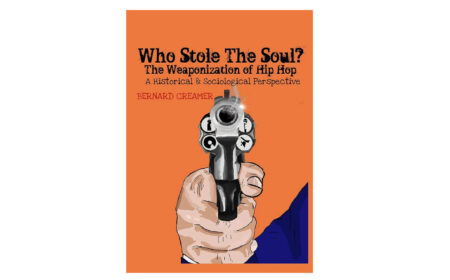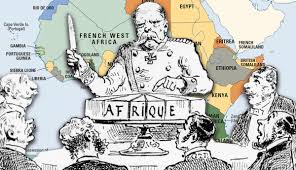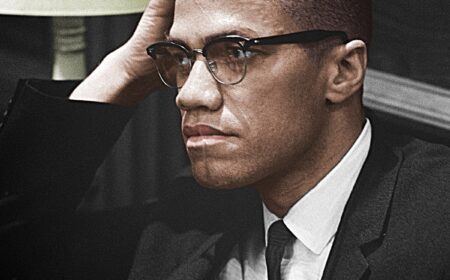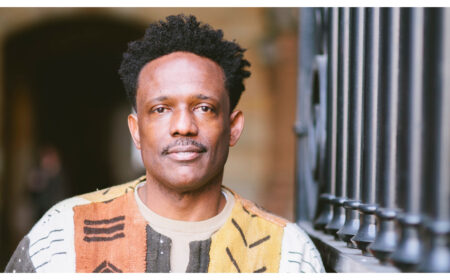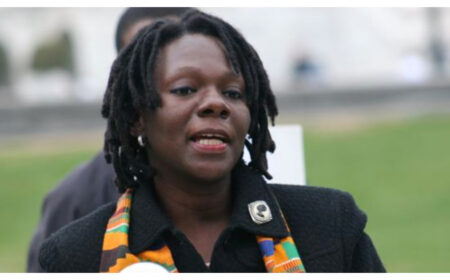
Harlem’s dwindling churches
HARLEM — Churches are losing members but gaining profits from gentrification.
Nearly two dozen churches have either closed or been sold to developers for more than $50 million over the last decade, according to a review by DNAinfo New York and Harlem historian Michael Henry Adams.
The churches often sell because of a combination of factors including dwindling memberships, high maintenance costs and the lure of millions of dollars from developers ready to buy in Harlem.
More than half of the $53.1 million came from a single church — LaGree Baptist Church which sold for $28.5 million in 2016, records show.
Adams, who has tracked church sales since 2004, sees this trend as a symptom of gentrification and expects churches to continue selling.
“Their days are numbered” said Adams.
To identify closed, sold or threatened churches, DNAinfo supplemented Adams’ research with court records, public property records, demolition permits and news reports.
Black churches, once powerful cultural institutions in Harlem, have slowly been losing relevance for decades, said Clarence Taylor, a retired professor from Baruch College who wrote a book about the involvement of churches in urban areas.
“These traditional churches have been losing membership drastically,” Taylor said. “You go back to the 1950s, some of the biggest institutions were black churches, the pastors were politically prominent figures.”
Taylor pointed out Congressman Adam Clayton Powell Jr. as an example of a Harlem pastor who came out of a politically powerful church. But churches have slowly lost their political relevance to groups like the National Action Network in the 1990s and the Black Lives Matter movement today, he said.
“It’s been over for some time,” Taylor said. “The populations have dwindled from people moving through the suburbs and the fact that gentrification brings new groups moving in that have no affiliation with the churches.”
Pastor Vernon Williams, an anti-violence advocate in Harlem, has noticed the number of Harlem churches selling for years.
Oftentimes churches sell because they cannot afford to renovate aging buildings, Williams noted, while other congregations struggle to survive after a charismatic pastor moves out or passes away.
Although churches get short-term benefit of millions of dollars, Williams fears that the loss of churches and influx of market-rate residential developments will have a negative effect in the community.
“People have lost interest in the church or because of high prices are leaving the community,” he said. “I think the long-term impact of the community is that the makeup of the community is going to change.”
State court records, which churches must file if they plan to sell religious property, support Williams’ observation.
Child’s Memorial Temple Church, Downtown Baptist Church and Second Providence Baptist Church all cited their failure to afford needed repairs as a reason to sell. In some cases, the churches work out lucrative deals.
For example, the property of Child’s Memorial Temple, located 1763 Amsterdam Ave. near West 147th Street, was appraised at $4.3 million but the church is getting $6.3 million in value from the property.
The package breaks down between $2 million in cash for the property, a new, fully furnished $2.5 million church covering 8,000 square feet on the property and $1.8 million in residual income from market rate residential units that will replace their existing structure, court records show.
But while this may be a win-win for the church, getting millions of dollars to scale down to accommodate a a dwindling congregation, Adams believes that these churches are speeding up gentrification.
“Ironically they are hastening their own demise,” he said. “They look at what’s occurred as a new lease on life but in reality they are creating more housing for more white people, which will exponentially hasten the way they will no longer exist.”
Harlem’s African-American population has decreased while the white population has drastically increased since 2000.
Between 2000 and 2014, Harlem’s non-Hispanic white population population grew by 580 percent (from 2,255 to 15,552) while the African American population decreased by 8 percent (from 84,279 to 77,339), according to census data.
Save Harlem Now!, a non-profit organization advocating for historical preservation, wants to help churches keep their properties by educating church leaders.
On Nov. 2, they will host a meeting with the community board to talk about ways churches can make better decisions about their property including managing maintenance costs and getting fair value for their property, said Valerie Jo Bradley, a co-founder of Save Harlem Now!
“I don’t think there’s anything we can do with the dwindling membership that’s something that the churches have to deal with,” she said. “What we can do is try to help churches not be exploited by developers as some churches have been.”
Save Harlem Now! also wants to explore some sort of rezoning that allows the air rights of landmarked churches to be used anywhere in the district, similar to what was done in the Theater District, Bradley added.
READ MORE AT: https://www.dnainfo.com/new-york/20171009/central-harlem/gentrification-harlem-churches-selling-out-or-surviving
